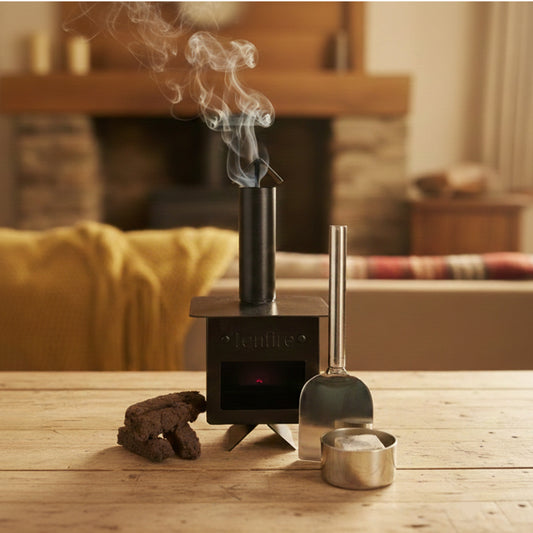
Who Invented Candles?
By Dawn, Founder of Tenfire
Candles have been with us for thousands of years—lighting sacred spaces, guiding travellers, and setting the mood long before electricity arrived. But who actually invented the candle?
The truth is, no single person or culture can take credit. Instead, the history of candles is a flickering trail across time—through temples and taverns, palaces and parlours—each civilisation adding something new. From ancient Egyptians dipping reeds in tallow to today’s small-batch soy creations, the story of the candle is one of quiet resilience, clever innovation, and enduring charm.
TL;DR – Who Invented Candles?
- No single person invented candles—early versions date back to Ancient Egypt and China
- The Romans are credited with the first wicked candles
- Candle-making evolved through the Middle Ages and into modern craftsmanship
- Today’s soy wax candles are the result of centuries of refinement
1. The First Flickers – Ancient Egypt and China
Long before the invention of the wax candle as we know it, ancient Egyptians were creating light with what historians call “rushlights.” These were papyrus reeds soaked in melted animal fat—more of a makeshift torch than a true candle, but effective nonetheless.

Around the same time, across the globe in China, early candles were made from rolled rice paper, wax derived from insects, and even whale fat. These primitive lights burned brightly, proving that the desire for flame—whether practical or spiritual—was universal.
2. Rome’s Wicked Contribution
The Romans are often credited with inventing the first true wick candle. By pouring melted tallow (animal fat) into moulds and inserting twisted fibres as wicks, they developed a candle that could be used consistently for household lighting, travel, and rituals.

These early candles were smoky and pungent, but functional. Roman soldiers reportedly carried them on long journeys, and temples lit them in honour of their gods.
3. Tallow and Beeswax in the Middle Ages
As candle use spread across Europe during the Middle Ages, tallow remained common—but it wasn’t pleasant. It gave off a sour smell and left soot in its wake. Beeswax offered a better alternative: cleaner burning and pleasantly aromatic.
However, beeswax was expensive, so it was mainly used in churches, monasteries, and the homes of the wealthy. Candle-making became a skilled trade, with chandlers (candle-makers) establishing workshops and guilds in medieval towns.
4. The Industrial Revolution and Paraffin
The 19th century saw candles leap into the modern age. Paraffin wax, a byproduct of petroleum refining, was discovered and quickly adopted. It burned cleaner than tallow, didn’t smell, and could be produced cheaply and on a large scale.
Moulding machines further industrialised candle-making, turning what was once a luxury item into a common household staple—even after gas and electricity became widely available.
5. Soy Wax and the Natural Candle Revival
By the late 20th century, a shift was underway. Health-conscious and eco-aware consumers began turning away from petroleum-derived waxes, looking for cleaner, more sustainable options. Enter soy wax—plant-based, biodegradable, and beautifully suited to scent throw.
Invented in the 1990s by a student looking for an alternative to beeswax, soy wax sparked a new era of candle-making—one rooted in craft, sustainability, and self-care.
At Tenfire, we honour this long history with each hand-poured candle. While the materials have changed, the purpose hasn’t: to bring light, warmth, and presence into the everyday.
Final Thoughts from Dawn
I love knowing that when I light a candle, I’m continuing a ritual that’s thousands of years old. It reminds me that something as simple as a flame can connect us to history, place, and people. Here at Tenfire, our candles might be made from soy wax instead of tallow or beeswax, but they still carry that same spirit—hand-poured with care, and meant to bring light, warmth, and essence of Ireland into your home.





